Of one book and stay / 일독일박
562.1M 2025-08-11
11-1, Pirundae-ro 3-gil, Jongno-gu, Seoul
This hanok (traditional Korean house) is located in Seochon Village near Gyeongbokgung Palace. It is a modern C-shaped hanok centered around the inner courtyard, which is the first thing that the guests see after entering through the gate. While it is not expansive, white pebbles and a foot bath make this hanok a unique one. One can enjoy a foot bath while sitting on the porch.
The bedroom, which is located beyond the living room, is furnished with a queen-sized bed. Opening the screen doors brings one to the view of the kitchen area beyond the inner courtyard. A large table, plush sofa, and a small bookcase make the space ideal for books and discussions. Climbing the wooden ladder to the side of the kitchen brings one to the attic, which also doubles as a Korean-style room with a skylight. The kitchen is furnished with a refrigerator, microwave oven, gas stove, electric kettle, toaster, pots, utensils, wine glasses, and bottled water. There is a restroom with a bathtub. The standard occupancy of the house is 4 people.
Galerie K.O.N.G (공근혜갤러리)
657.3M 2024-10-25
38, Samcheong-ro 7gil, Jongno-gu, Seoul
Ouvert depuis 2005, la galerie joue un grand rôle sur le développement de l'art de la photographie en Corée. La galerie se situe désormais près de Cheongwadae, dans l'arrondissement Samcheong-dong. La galerie s'occupe désormais de mettre en avant notamment des artistes contemporains à travers le monde entier.
세종마을 음식문화거리
666.4M 2025-11-03
24, Jahamun-ro 1-gil, Jongno-gu, Séoul (Chebu-dong)
À proximité, le quartier de la gastronomie, autrefois connu sous le nom de marché de Geumcheon, a obtenu en 2011 le nom officiel de « rue de la culture alimentaire de Sejong Village ». En réalité, « Sejong Village » est le nom donné à l'endroit où est né le roi Sejong. Bien que ce soit un quartier portant le nom d'un roi, l'atmosphère est celle d'une rue populaire animée. Ce qui rend ce quartier attrayant, c'est la coexistence harmonieuse entre les anciens restaurants bien établis, réputés pour leur goût, et les nouveaux jeunes propriétaires qui apportent des lieux tendance. Il existe de nombreuses options pour satisfaire à la fois ceux qui cherchent à retrouver leurs restaurants nostalgiques et ceux qui explorent de nouveaux lieux à la mode sur les réseaux sociaux. Avec la popularité croissante des établissements, non seulement la rue principale, mais aussi les ruelles sont désormais remplies de restaurants uniques, faisant de ce quartier une véritable destination gastronomique de Jongno-gu, où il est amusant de « choisir et déguster ». Le point de départ est la sortie 2 de la station Gyeongbokgung.
Musée National du Palais de Corée (국립고궁박물관)
669.9M 2023-03-24
12, Hyoja-ro, Jongno-gu, Seoul
+82-2-3701-7500
Inauguré en 1992 sous le nom du Musée royal, l’actuel Musée national du palais de Corée expose des reliques du royaume de Joseon (1392-1910). Près de 20.000 reliques royales des palais Gyeongbokgung, Changdeokgung, et Changgyeonggung ainsi que celles du sanctuaire de Jongmyo y sont présentées.
1. Symboles et documents royaux (Royal Symbols and Records) - La dynastie Joseon soutenant les idéaux confucianistes, le roi était donc considéré comme le souverain absolu, et le couple royal faisait figure, avec la reine, de parents de tout le peuple. Pour rehausser son autorité, la dynastie a fait fabriquer divers symboles royaux.
2. Rites ancestraux (Ancestral Rites) - Un rite ancestral se tenait dans un sanctuaire abritant les tablettes des rois et des reines de la dynastie Joseon. Ce rite était non seulement une cérémonie de culte de la famille royale mais aussi une fête de musique et de danse célébrée pour souhaiter le salut et la prospérité éternelle du pays.
3. Architecture du palais (Palace Architecture) – Le palais était une demeure pour le roi et sa famille, et le centre de politique et d’administration, où le roi gouvernait le pays. Le centre du palais de la dynastie Joseon, suivant les plans d’architecture traditionnelle, comprenait Jeongjeon, le hall principal comme centre des événements de l’Etat et de discussions politiques, et Pyeonjeon, l’office du gouvernement.
4. Sciences de Joseon (Joseon Sciences) – Durant sa première période, la dynastie Joseon oeuvrait à établir la légitimité de sa fondation et à enrichir le pays. Afin de réaliser ces idéaux, la dynastie promouvait comme jamais auparavant des domaines tels que les sciences ou la médecine et développait diverses armes pour la défense nationale.
5. Vie de la famille royale (Royal Life) - Le roi et la reine étaient les figures symboliques de la dynastie Joseon, mais ils étaient également comme le peuple ordinaire dans leur vie privée au palais. Le palais était divisé en différentes sections : office du roi, demeure pour la reine, bureau du prince héritier. Chaque espace contenait des meubles appropriés, qui étaient fabriqués avec des matériaux de haute qualité selon de stricts critères pour la famille royale.
Musée National d'Art Contemporain (국립현대미술관 서울관)
783.2M 2023-06-23
30, Samcheong-ro, Jongno-gu, Seoul
+82-2-3701-9500
Le Musée National d'Art Contemporain de Séoul a ouvert ses portes en 2013 au centre de Séoul à côté du palais Gyeongbok. Le musée a adapté un concept de 'cour' pour mieux se mélanger aux alentours et lier organiquement l'extérieur et l'intérieur du bâtiment.
Sur le terrain du musée, il y avait autrefois quelques grandes organisations administratives de l'époque Joseon mais aussi les hôpitaux militaires lors de la colonisation japonaise. Ce site est un site historique tant sur le plan politique que culturel. Notez que le musée est fermé les mercredis et samedis.
*Jour de l'inauguration : 12 novembre 2013
Porte Gwanghwamun (광화문)
801.5M 2022-12-14
161, Sajik-ro, Jongno-gu, Seoul-si
+82-2-3700-3900
Gwanghwamun est la porte principale du Palais Gyeongbukgung, fondé en 1395, par le premier empereur de la dynastie Joseon, Taejo.
C’est la porte du sud parmi les quatre portes de la capitale sud-coréenne. Son nom signifie “Que la Lumière de l’Illumination recouvre le Monde!” et elle porte le but profond que les gens qui ont fondé la dynastie Joseon avait, en créant une nouvelle dynastie.
La Porte Gwanghwamun a été construite de granite. Au centre, il y a une entrée ressemblant à un arc-en-ciel, appelée Hongyemun, et au-dessus, se trouve la tour de la porte. La Porte Gwanghwamun renferme un souvenir douloureux dans l’histoire de la Corée. Durant l’ occupation japonaise de la Corée, de façon à tuer les esprits des citoyens coréens, le général du gouvernement japonais avait détruit la porte et construit son propre bâtiment gouvernemental. L’apparence réelle de la porte est celle de 1968 lorsqu’elle a été reconstruite en utilisant du béton, et elle est située environ à 10m derrière le point d’origine. Pour restituer la forme d'origine de la porte, le gouvernement a entrepris des travaux d'aménagement à partir de 2006, ces travaux se sont terminés le 15 août en 2010.
Musée d’art africain (아프리카미술관)
817.5M 2022-09-30
24-1, Samcheong-ro, Jongno-gu, Seoul-si
+82-2-730-2430
Le musée d’art africain a été créé dans le but d’accueillir de nombreux festivals artistiques et fournir un espace de recherche sur des thèmes variés. Un principe majeur de la galerie est de promouvoir les oeuvres d’art qui essayent activement d’explorer l’esprit humain.
Musée mondial de la joaillerie (세계장신구박물관)
834.9M 2024-12-12
2, Bukchon-ro 5na-gil, Jongno-gu, Seoul-si
+82-2-730-1610
Le musée mondial de la joaillerie se situe dans une ruelle du quartier Samcheong-dong, à l’est du palais Gyeongbokgung, où sont regroupés de nombreux musées et galeries d’art.
Le directeur du musée a collectionné environ 3 000 pièces dans une soixantaine de pays pendant 30 ans, et il en a exposé environ mille ici.Le rez-de-chaussée se compose d’un mur d’ambre reflétant les 5 000 ans de l’histoire de la Terre, de la Chambre Eldorado revêtue d’or qui a fasciné les européens du XVIème siècle, de la salle des colliers mettant en valeur les techniques somptueuses, de la salle du crucifix qui crée une atmosphère paisible et calme.
Au premier étage se trouvent le mur de bagues et celui de masques qui vous inviteront à la méditation, la salle d’ivoire et de perles agencée de manière à découvrir la beauté de l’art de la décoration intérieure, et la salle dédiée aux parures modernes.
Vallée de Suseong-dong (수성동계곡)
834.3M 2025-04-18
185-3, Okin-dong, Jongno-gu, Seoul
Les courants d'eau de la vallée Suseong-dong s'écoulent du mont Inwangsan pour rejoindre la rivière Cheonggyecheon. Le site apparaît dans la peinture "Jangdong Palgyeongcheop" tout comme dans des récits historiques datant de la dynastie Joseon.
Poste de lecture 'The Forest' sur le mont Inwangsan (인왕산 더숲 초소책방)
836.1M 2025-04-18
172, Inwangsan-ro, Jongno-gu, Seoul (서울특별시 종로구 인왕산로 172)
Poste de lecture 'The Forest', situé dans le mont Inwangsan, fut inauguré dans un premier temps afin de protéger Cheong Wa Dae avant sa rénovation en espace culturel consacré à la lecture. Le site était en effet un poste de garde durant l'incident de Kim Shin-jo en 1968 et symbolise la douleur de la division des deux Corée. Il est encore possible d'apprécier l'extérieur en brique des lieux et la porte en fer datant de l'époque. Le site est désormais un café lecture réputé pour sa vue sur la tour Namsan.
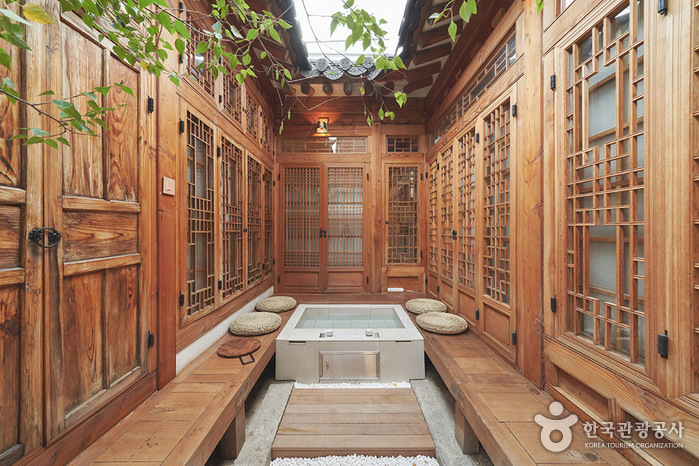
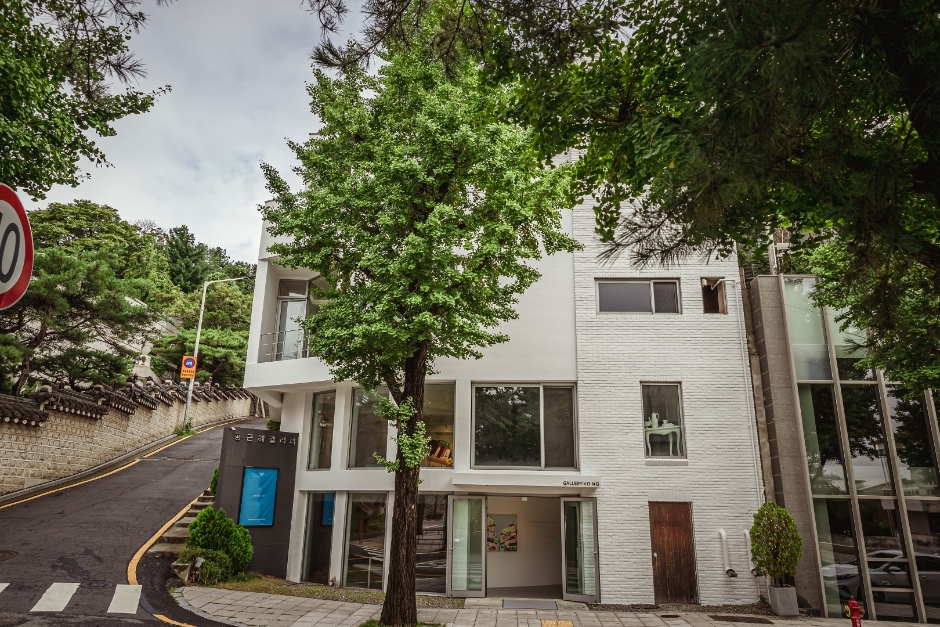
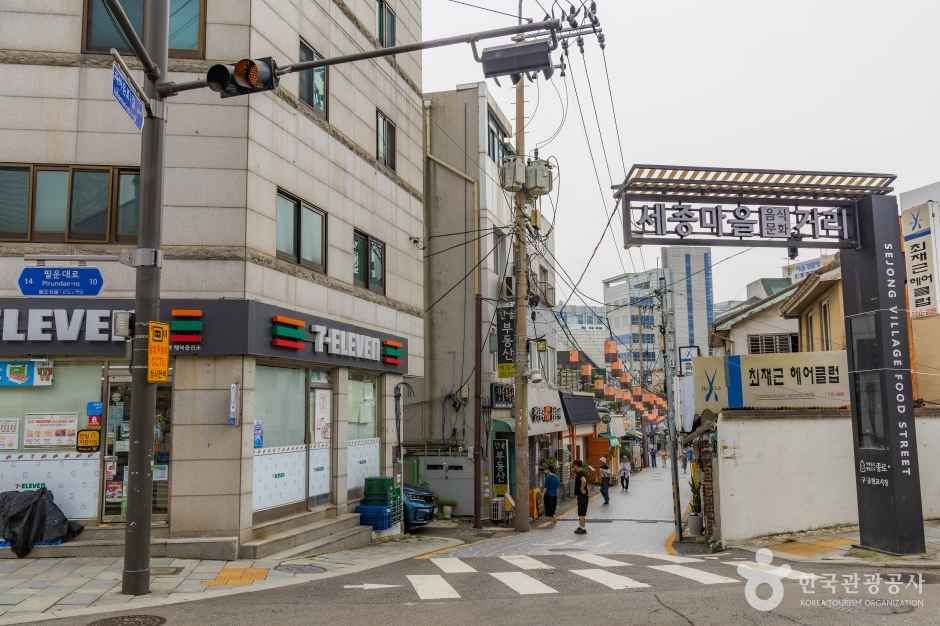
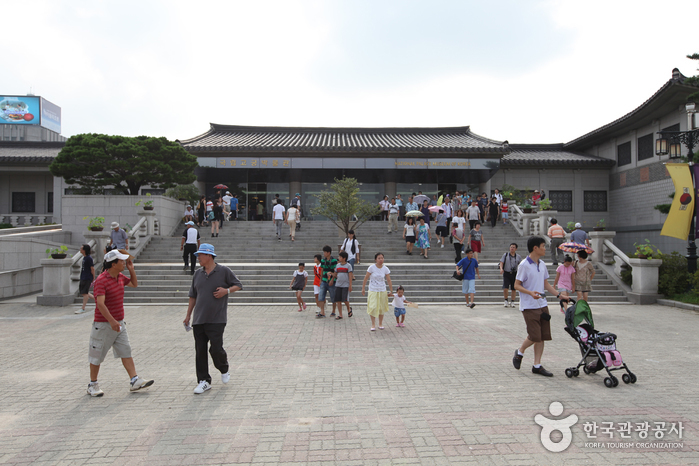
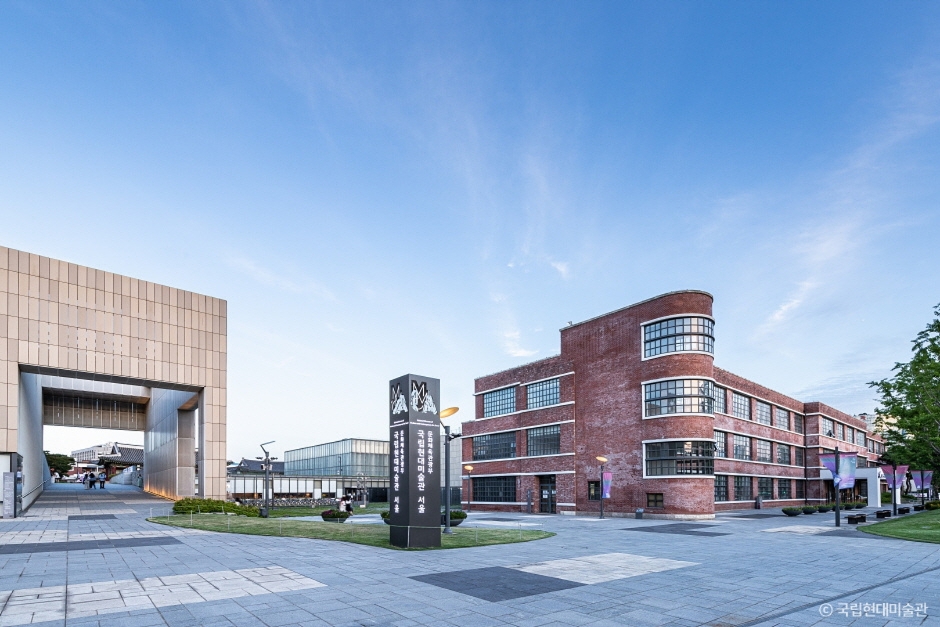

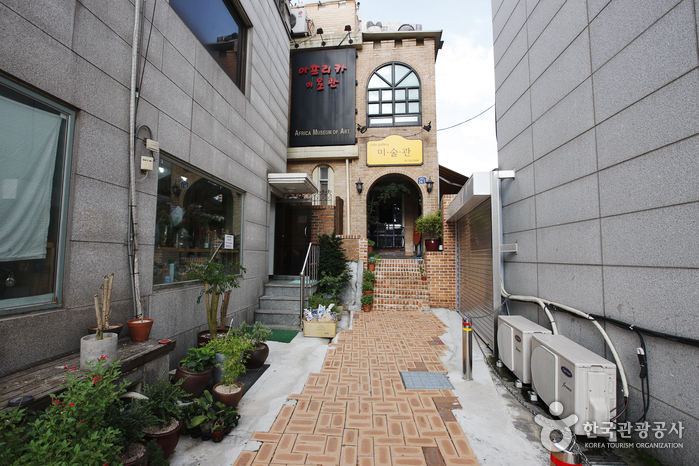
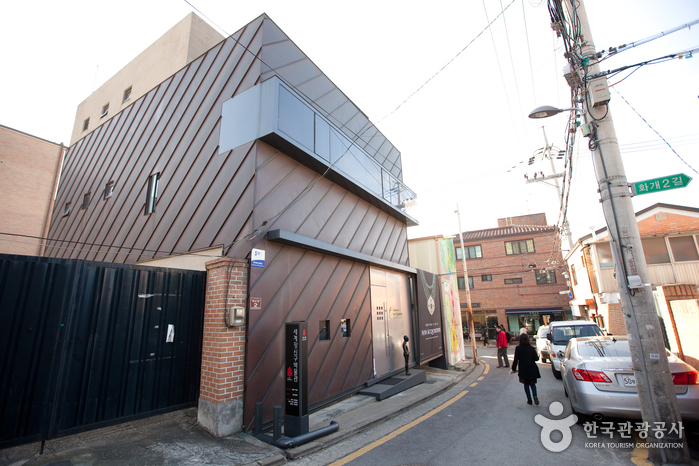
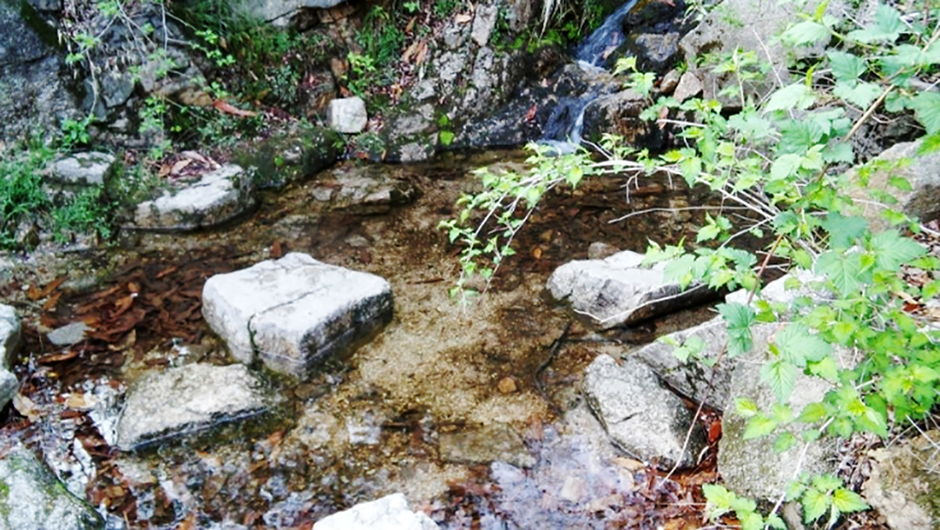
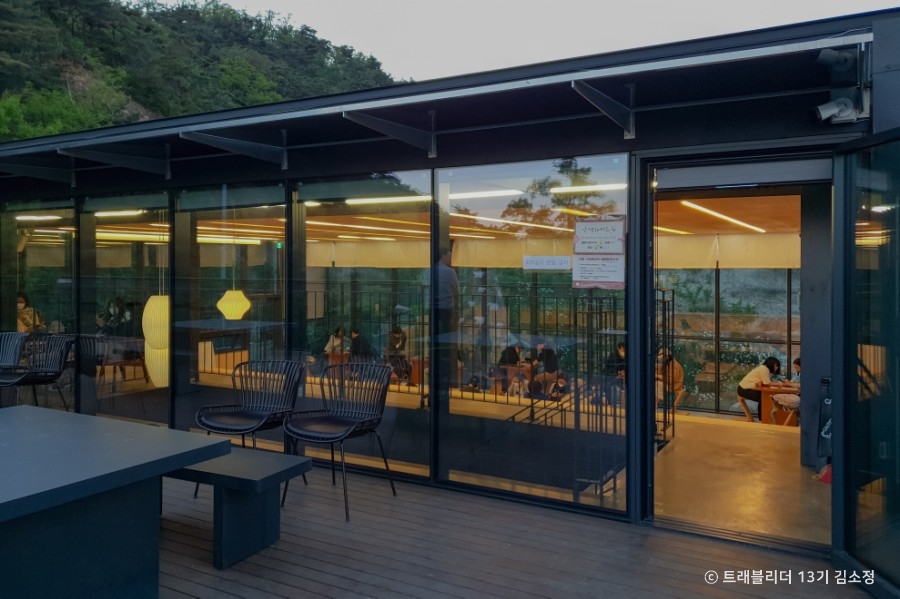
 Français
Français
 한국어
한국어 English
English 日本語
日本語 中文(简体)
中文(简体) Deutsch
Deutsch Español
Español Русский
Русский